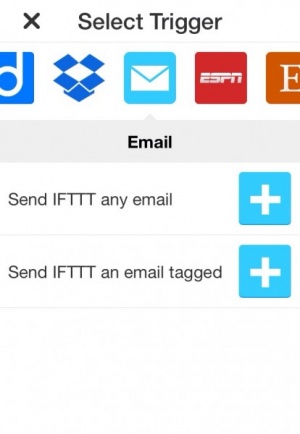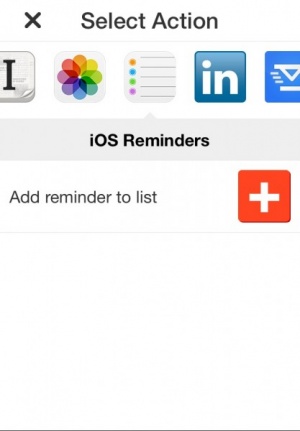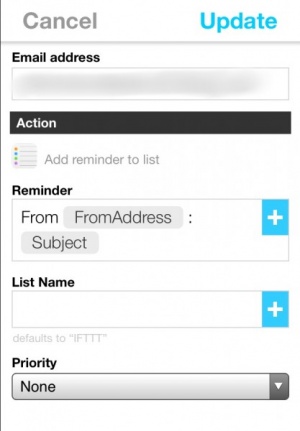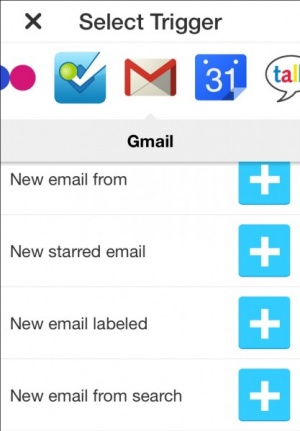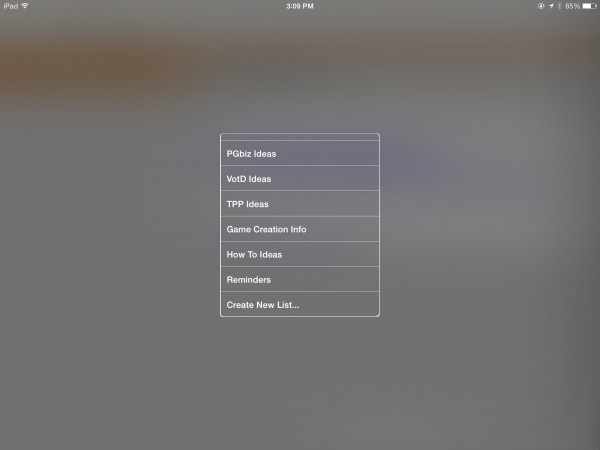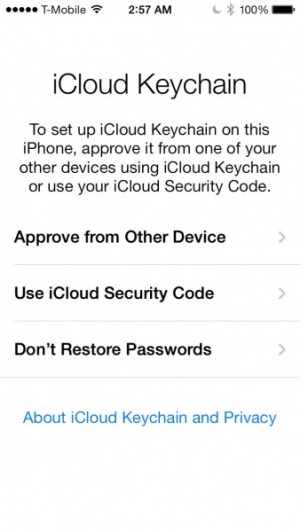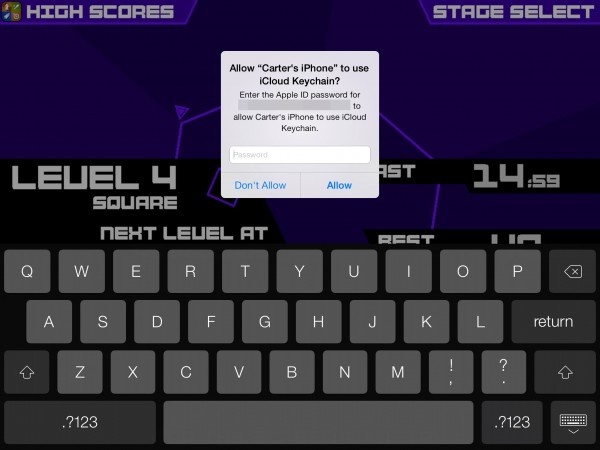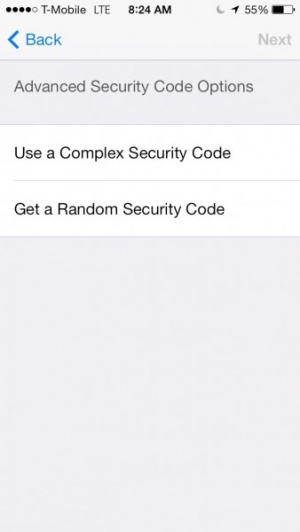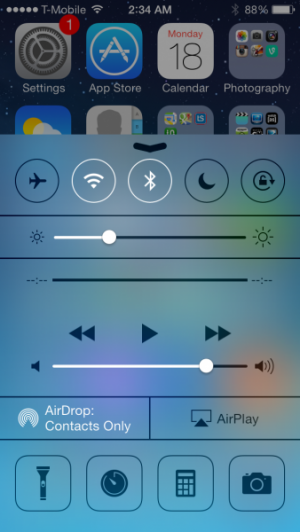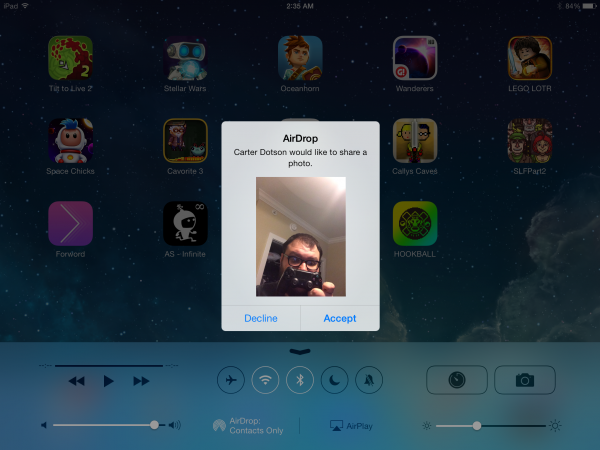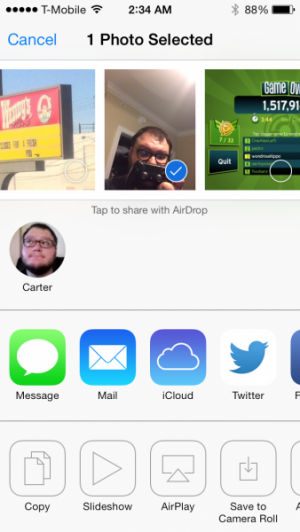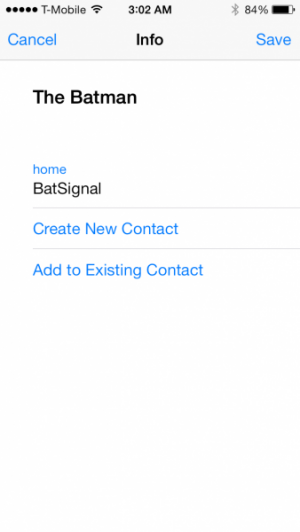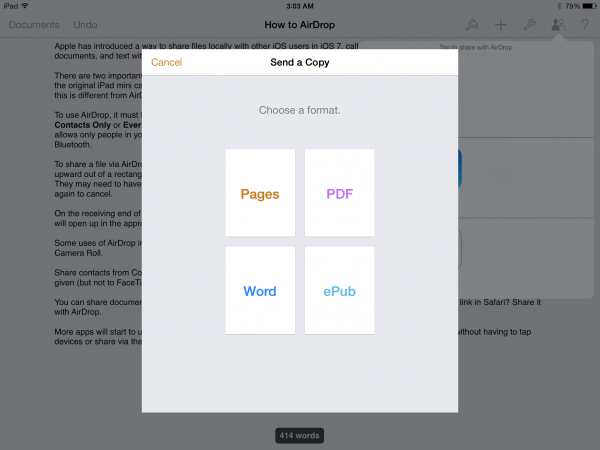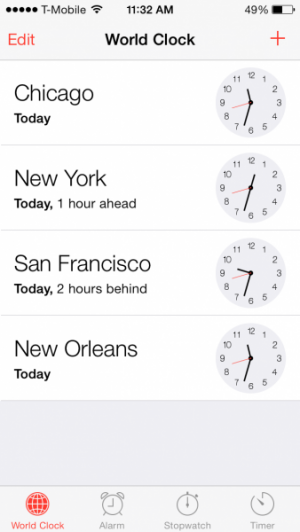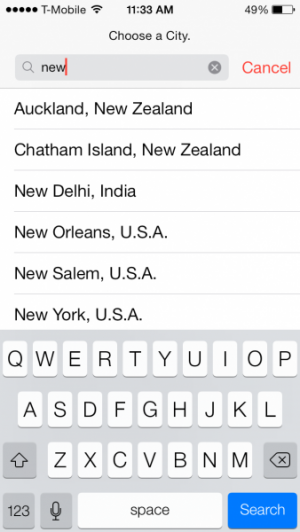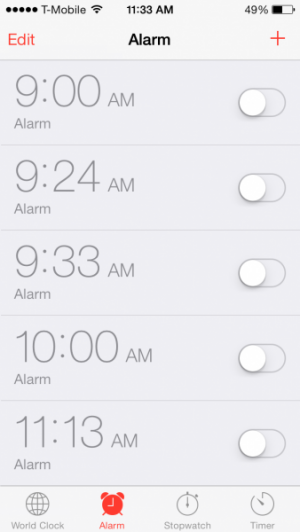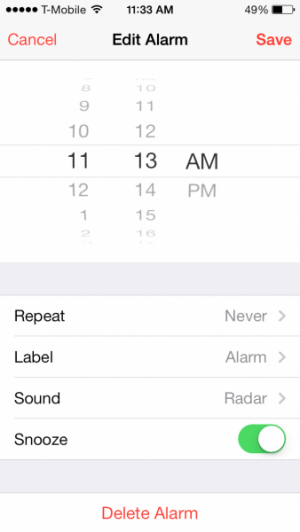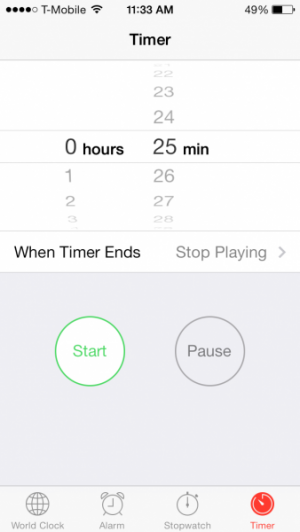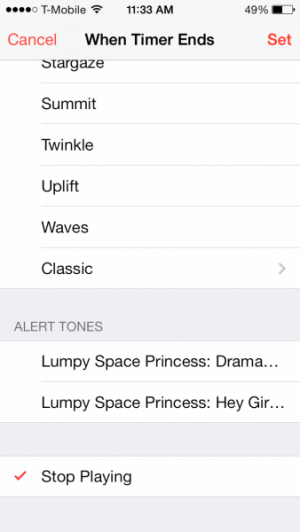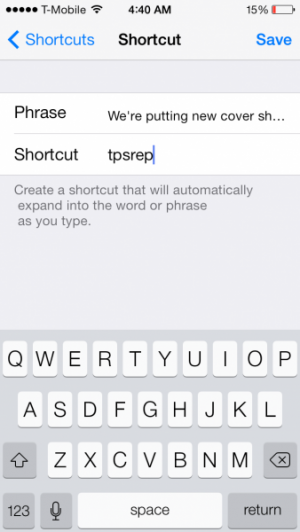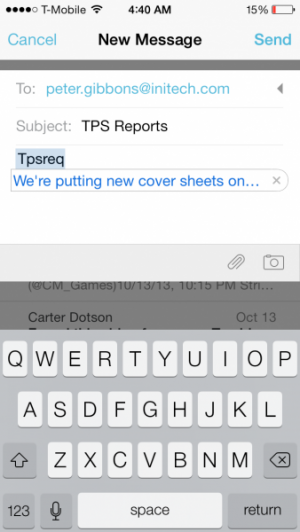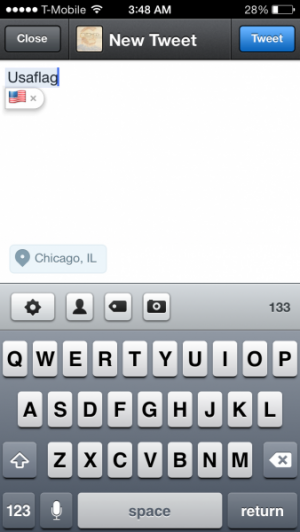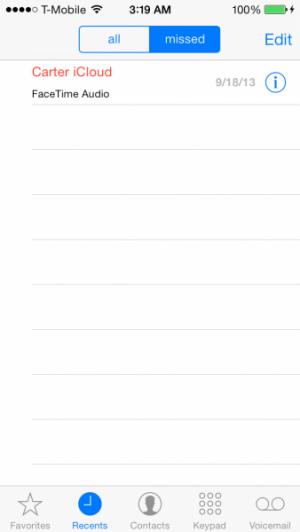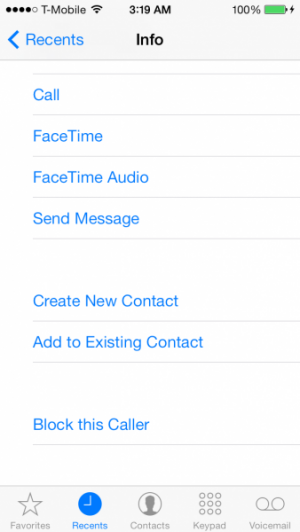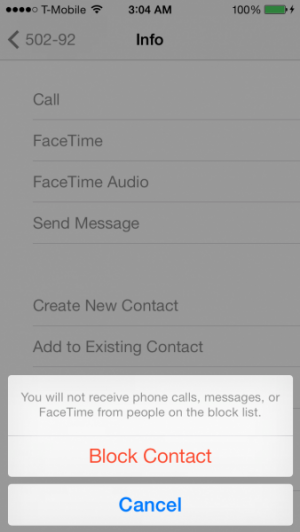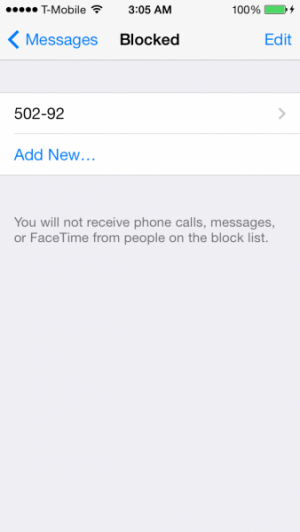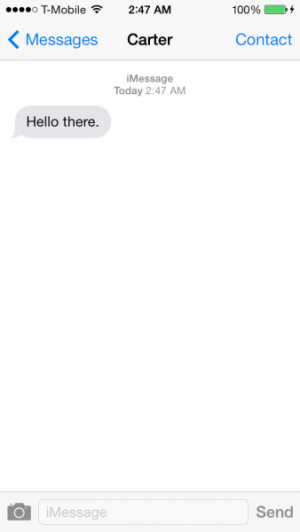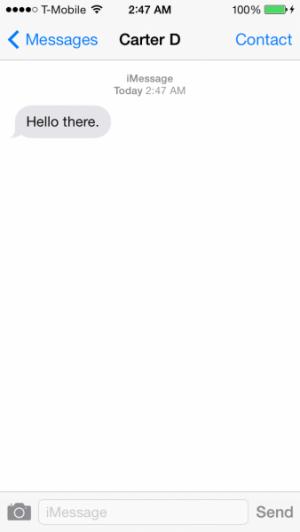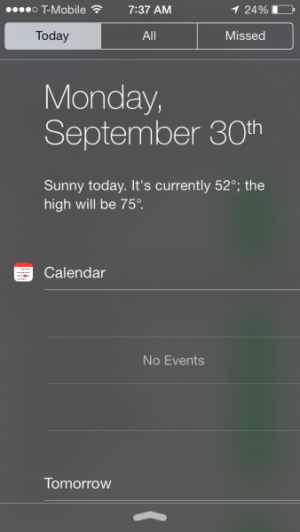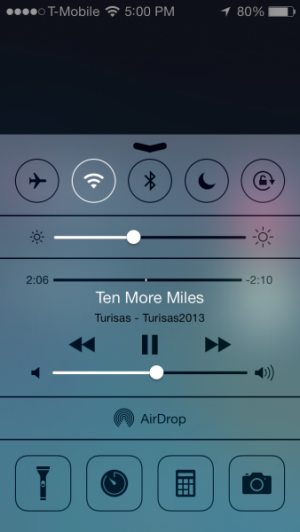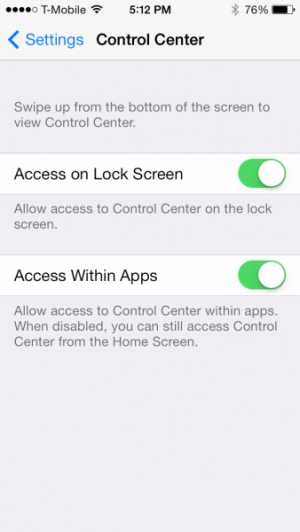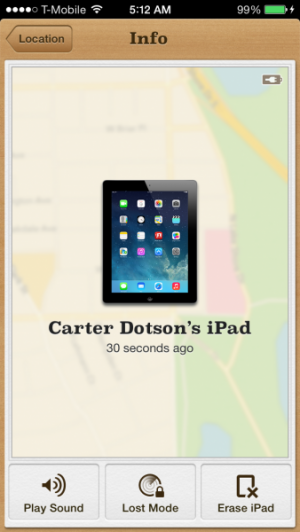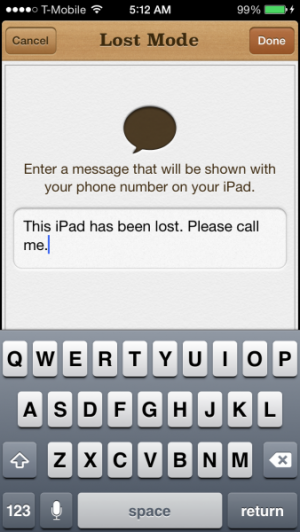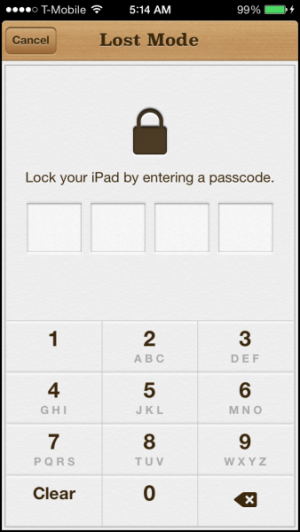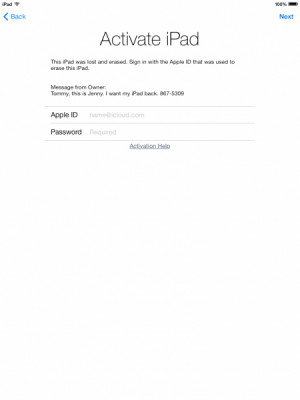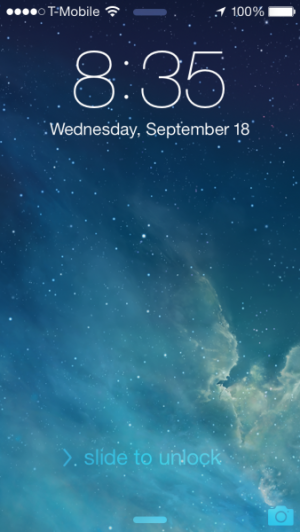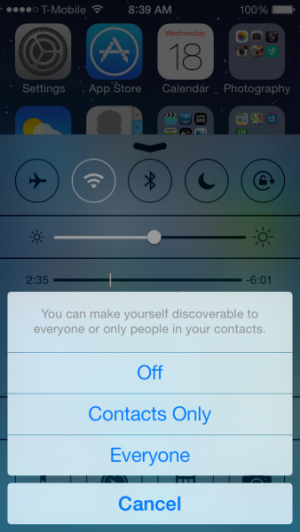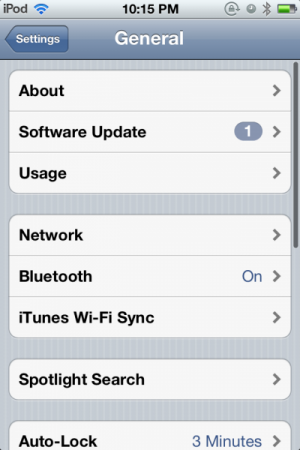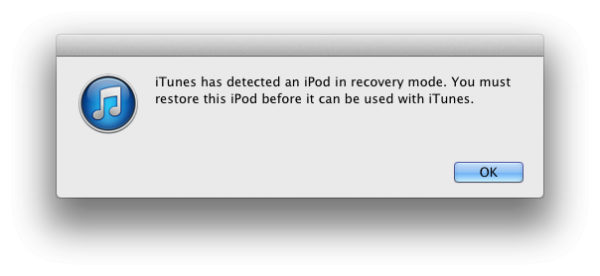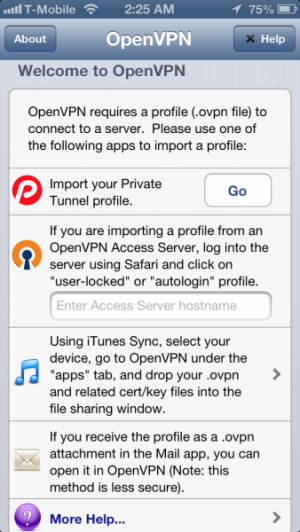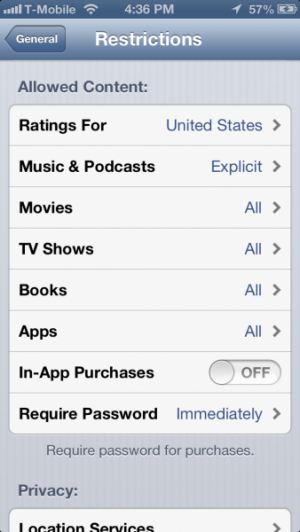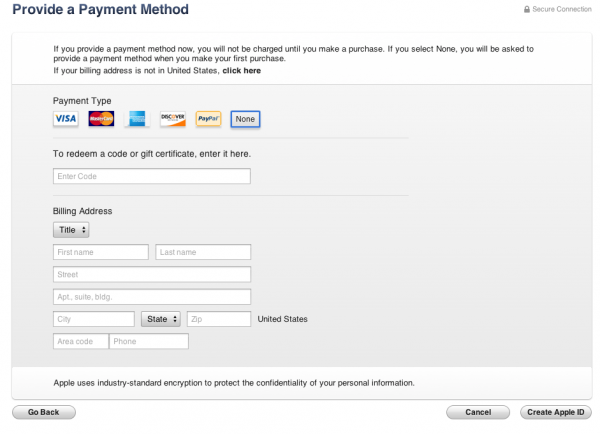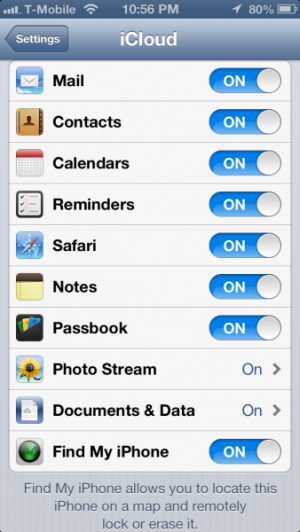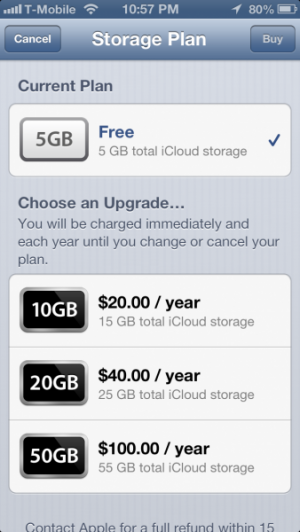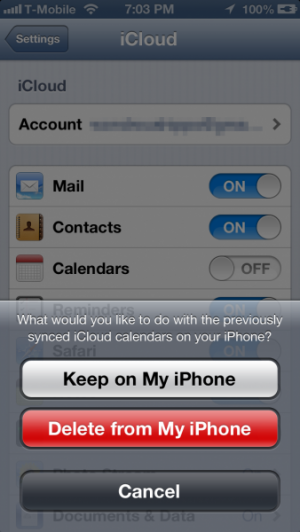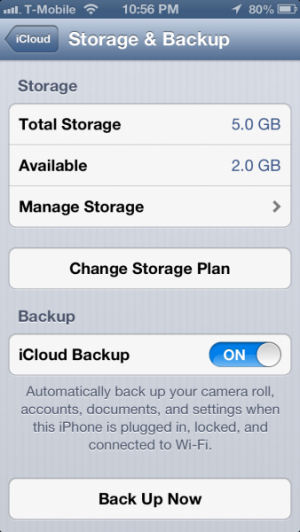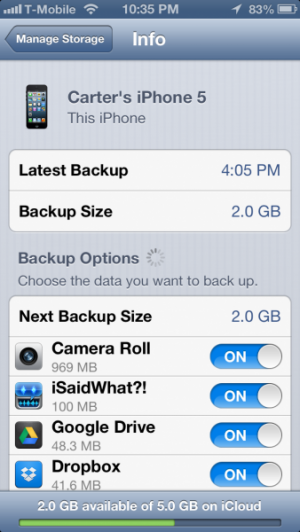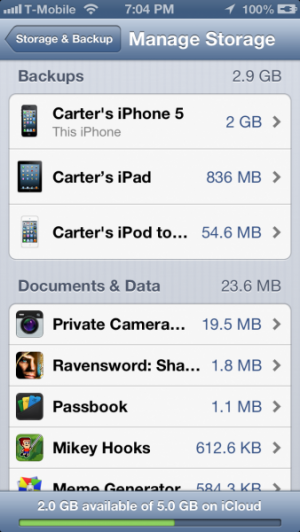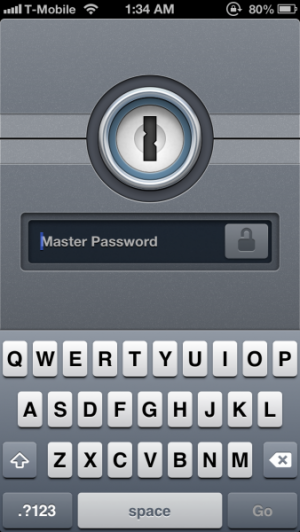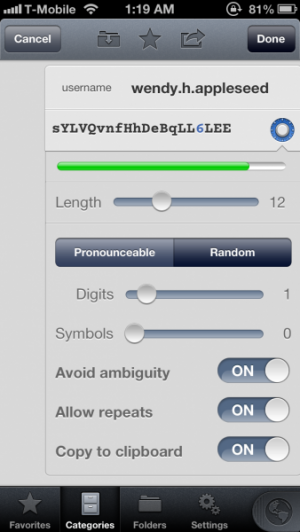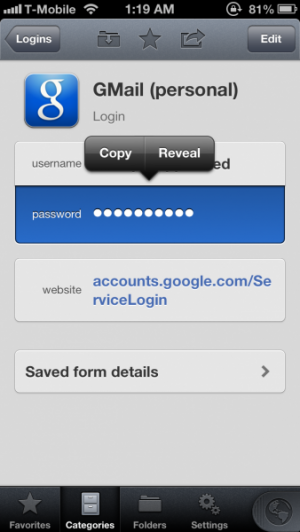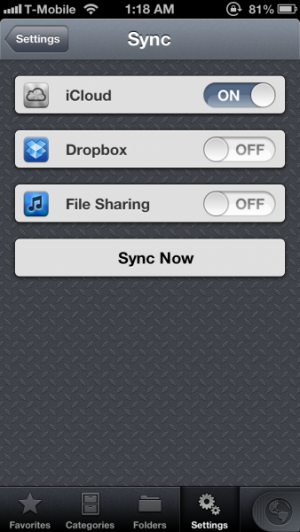How To: Turn Emails into Reminders Using IFTTT
Often, incoming emails can feel like things to do - important items just kind of floating around the inbox until they're finished. Want to add these emails to the iOS Reminders app so that they can be dealt with in an important place? Well, this is possible by using IFTTT. Here's how to do just that.
First off, download IFTTT and register an account with the email address that you primarily want to forward items from. Now create a new recipe, which is what IFTTT calls the actions that it executes.
For starters, let's choose the Mail option. You can choose to forward all mail from your registered email address to the IFTTT trigger email address, or only emails tagged with a certain hashtag.
For the second part of the recipe, choose iOS Reminders. By default, this will add the email subject as a reminder to a list called IFTTT. However, that is an option that can be changed from the IFTTT recipes menu.
Tap on the recipe to open up its options, then tap Edit Recipe. From here you can configure what the reminder title will be, which list it will be added to by manually entering the name of the list, and what, if any, priority the reminder will have. Tap the blue plus sign next to an option to add in specific dynamic text like sender, body text, and more.
Now, if you use Gmail you should use the Gmail channel when setting up your recipe. This adds more options for what can trigger the IFTTT recipe. This can include emails from certain senders, emails with certain labels, starred emails, and more.
What the label trigger can do is make it easy to manage emails using Mailbox. Create a list in Mailbox with the title of your choice. Let's say it's Reminders. In IFTTT, have the label that the recipe is added to be [Mailbox]/Reminders. Now, whenever you add an email to that list in Mailbox, that will trigger IFTTT to add it to Reminders.
Now, you have a convenient spot to do things like send replies to emails once they are cleared from reminders. You can create a recipe in IFTTT to send emails when a reminder is completed in that list, but you might want to send more personal replies. Still, it is an option.
Hopefully this helps you get your inbox under a bit more control by utilizing IFTTT's powers of automation!



